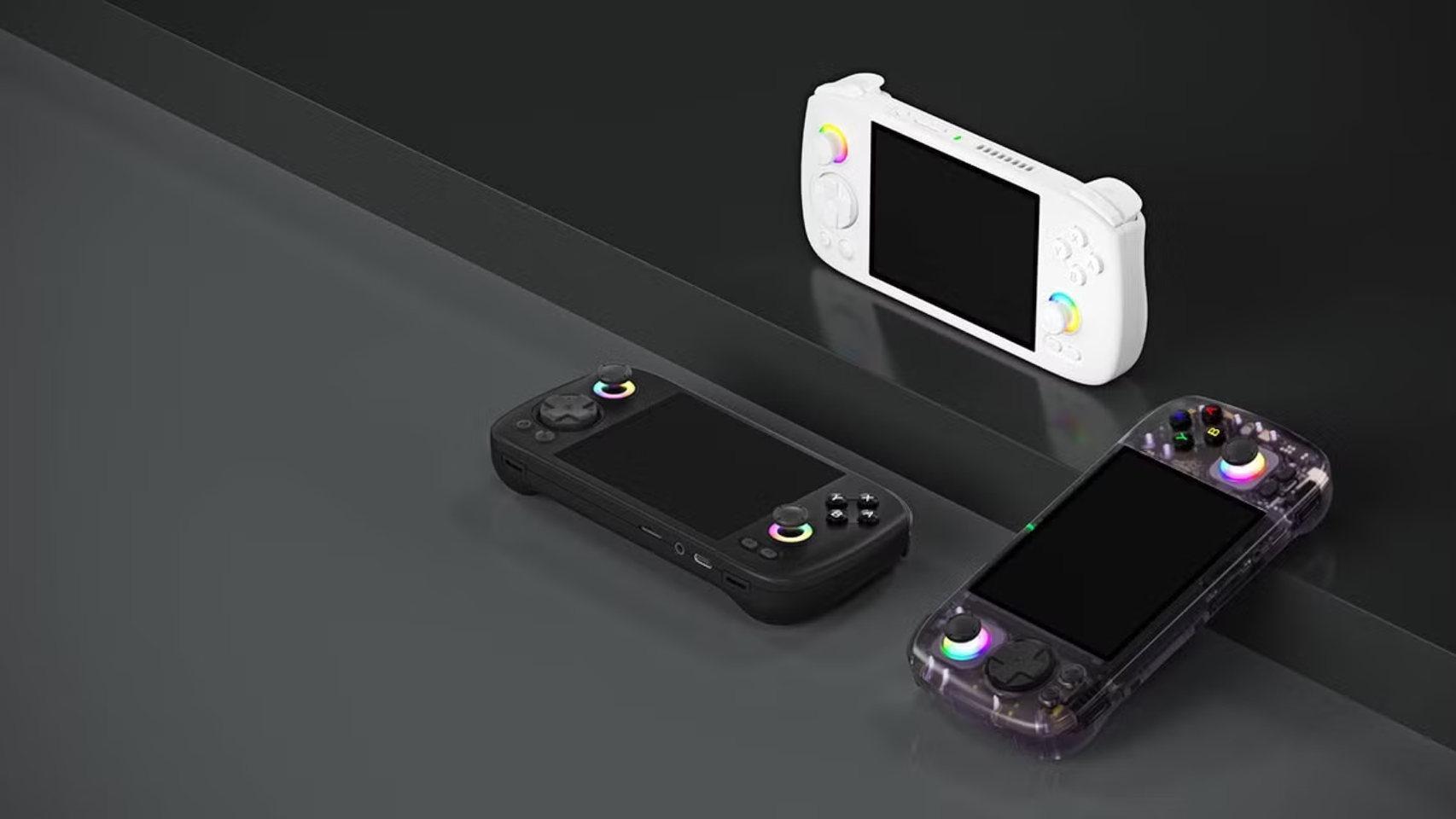They have earned their place in chat conversations and we take the opportunity to even put them in emails, but Emojis are not just a simple funny emoticon: in fact, what we send over the phone are character codes; that each device or application will represent in its own way. Yes: the same Emoji can be very different from one mobile to another. And therein lies some of its magic.
No self-respecting WhatsApp, Telegram or Facebook Messenger chat is free from some 😃, that mischievous personalized wink in the 😉 or the always welcome 💩 of annoyance. They have become so universal that they even play in movies: emoticons have evolved the representation of emotions through characters until they have become small drawings so comfortable to attach to texts that one of these emoticons often says more than a thousand words
Graphic styling of Emojis is completely free

Different representations of four Emojis. Unicode-Picture
Emojis are part of Unicode, the international standard responsible for supporting all characters used in any printed text or code (on paper or on screen). Each year, Unicode selects a list of new Emojis to add to the already extensive collection of emoticons. And, despite the fact that the standard itself creates a graphical representation of each Emoji, it is the other companies that adapt this style to their respective environments.
Each Emoji created by Unicode offers a specific emotion, object, action… which serves as a style guide for companies like Google, Apple, Microsoft or Facebook to adapt them to their own operating systems or applications. And that’s the reason why they are not seen in a homogeneous way: although we can see a smiley or a poo, the design can vary so much from one mobile to another that it is able to convey contradictory sensations
Usually messaging apps like WhatsApp or Telegram adopt apple emoticons: By sending the emoticons through these applications, they will look the same regardless of the device. Quite the opposite of what happens with SMS, emails or Twitter for example: the graphic style will depend on the operating system that equips the phone.
In the text area where you enter the Emoji to send, a drawing appears in the form of an icon; that the person to whom we send said Emoji will receive. This apparent exchange of images is not, since, in reality, we don’t send drawing
We do not send an image as an icon: they are characters

Generic Unicode emojis next to their character code
Each time we exchange Emojis with another person, we send a text with a code that identifies each Emoji: Unicode associates emoticons with references. And, since this reference is received with the text of the message, it is the application that is responsible for loading the graphic representation that it has installed (and which corresponds to the received characters). It’s like ordering a chocolate cone from an ice cream stand: although the name is generic, the appearance of the ice cream depends on the manufacturer.









